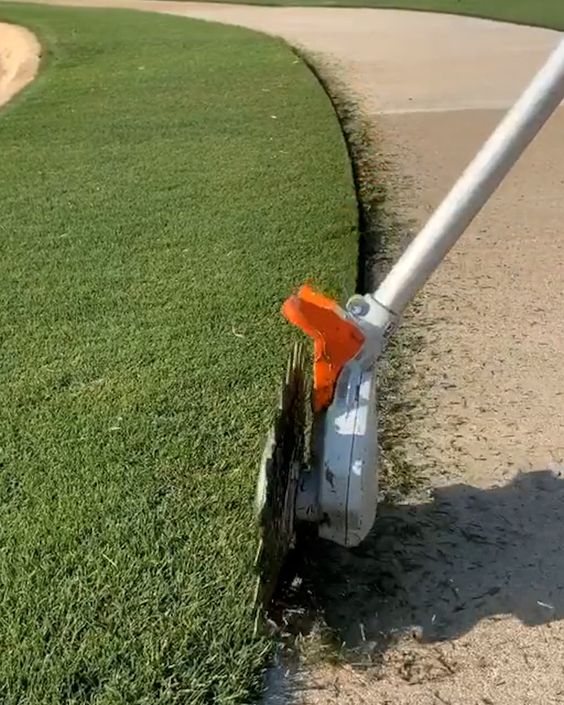Landscaping Arlington TX The principles of landscape design serve as guiding principles for creating aesthetically pleasing and well-balanced landscapes.

Here, we’ll explore these principles in detail:
1. Unity: Unity refers to the coherence and harmony achieved by integrating various elements of a landscape into a cohesive whole. It involves creating a sense of oneness and continuity throughout the design. Achieving unity can be done through repetition of elements, such as plants or materials, and by ensuring that all components work together harmoniously.
2. Balance: Balance in landscape design involves the distribution of visual weight across the space. There are two types of balance: symmetrical and asymmetrical. Symmetrical balance involves mirroring elements evenly on both sides of a central axis, creating a formal and orderly appearance. Asymmetrical balance, on the other hand, involves distributing visual weight unevenly to create a more dynamic and naturalistic composition.
3. Scale and Proportion: Scale refers to the size of elements in relation to each other and to the surrounding space. Proportion, on the other hand, refers to the relationship between different elements and their overall size in the landscape. Maintaining appropriate scale and proportion ensures that elements fit harmoniously within the space and create a visually pleasing composition.
4. Rhythm and Repetition: Rhythm in landscape design refers to the visual flow created by repeating elements or patterns throughout the space. Repetition of plants, colors, textures, or forms can create a sense of rhythm and movement, leading the eye smoothly through the landscape. Incorporating rhythm and repetition adds interest and coherence to the design.
5. Emphasis and Focal Points: Emphasis is the creation of focal points or areas of visual interest within the landscape. Focal points draw attention and serve as anchors for the design, guiding the viewer’s gaze and creating a sense of hierarchy. Elements such as specimen plants, sculptures, or architectural features can be used to create emphasis and focal points.
6. Contrast and Variety: Contrast involves juxtaposing elements with distinct differences to create visual interest and drama in the landscape. This can include contrasting colors, textures, shapes, or sizes. Variety, on the other hand, involves incorporating diverse elements to add richness and complexity to the design. Both contrast and variety contribute to the overall aesthetic appeal of the landscape.
7. Functionality and Practicality: In addition to aesthetics, landscape design must also consider functionality and practicality. The layout and organization of outdoor spaces should accommodate the needs and activities of the users while ensuring ease of maintenance and sustainability. Practical considerations such as drainage, accessibility, and climate suitability are essential for creating functional and livable landscapes.
8. Sustainability and Environmental Stewardship: Modern landscape design places a strong emphasis on sustainability and environmental stewardship. This involves selecting regionally appropriate plants, implementing water-efficient irrigation systems, using environmentally friendly materials, and minimizing the ecological footprint of the landscape. Sustainable practices not only conserve natural resources but also contribute to the health and resilience of the ecosystem.
9. Context and Site Analysis: Effective landscape design takes into account the context and unique characteristics of the site. Site analysis involves evaluating factors such as climate, topography, soil conditions, sunlight exposure, and existing vegetation. Understanding the site’s context allows designers to tailor their designs to the specific conditions and create landscapes that are well-suited to their surroundings.
10. Adaptability and Flexibility: Finally, landscape design should be adaptable and flexible to accommodate changing needs, preferences, and environmental conditions over time. Designing with flexibility in mind allows for future adjustments, renovations, or expansions without compromising the integrity of the original design.
Landscaping Arlington TX By applying these principles thoughtfully and creatively, landscape designers can transform ordinary landscapes into extraordinary environments that enrich the lives of people and enhance the beauty of the natural world.
Arlington
All Season Landcare Arlington TX
817-545-8590
https://maps.app.goo.gl/89F8ipXLtX938u1j6
